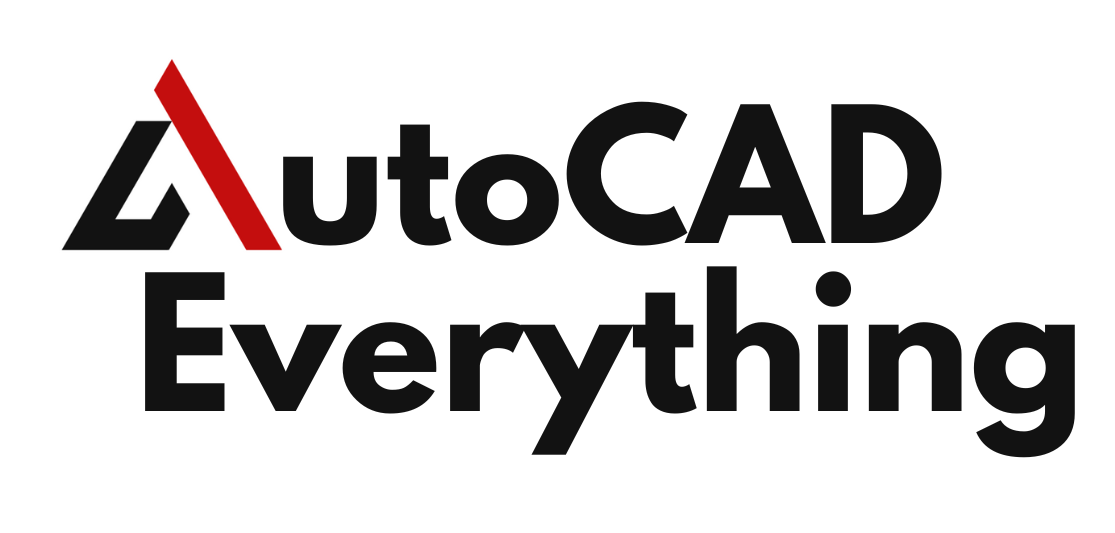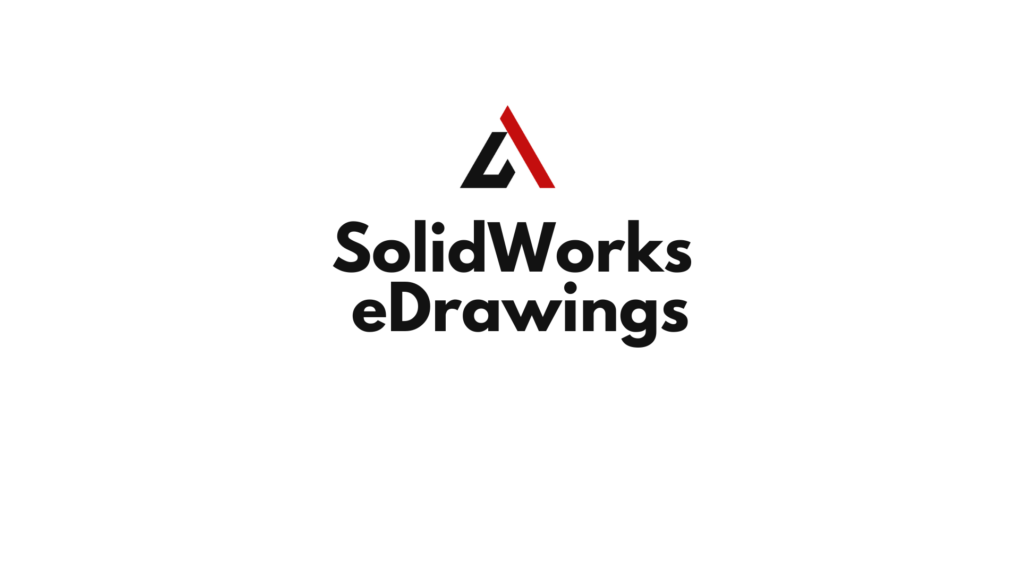In today’s fast-paced product development landscape, effective communication and collaboration are paramount. Design teams, manufacturers, clients, and stakeholders often need to interact with CAD data, but not everyone has access to or proficiency in complex CAD software like SOLIDWORKS. This is where SOLIDWORKS eDrawings steps in as an indispensable tool, offering a streamlined and intuitive way to share and view designs without requiring a full CAD license.
eDrawings, a product of Dassault Systèmes SOLIDWORKS, is an email-enabled communication tool that simplifies the interpretation and understanding of 2D and 3D design data.1 It’s designed to bridge the gap between CAD users and non-CAD users, fostering clear communication and accelerating the entire product development process.2
Table of Contents
The Core Value Proposition of eDrawings
At its heart, eDrawings addresses a critical need: universal accessibility to design information. Traditional CAD files can be large, require specific software to open, and often come with steep learning curves for non-designers. eDrawings tackles these challenges head-on by providing:
- Ultra-Compact Files: eDrawings files are highly compressed, significantly reducing file sizes.3 This makes them ideal for easy transmission via email or cloud services, cutting down on bandwidth requirements and speeding up file transfer.4

- Built-in Viewer: One of eDrawings’ most compelling features is its self-contained nature.5 When you send an eDrawings file, the recipient doesn’t need to install any additional software if they’re using the free eDrawings Viewer.6 The necessary viewing capabilities are either embedded within the file (for executable eDrawings files) or handled by the readily available free viewer.7
- Intuitive User Experience: eDrawings boasts an easy-to-use interface that allows anyone, regardless of their CAD experience, to navigate and understand design data.8 Users can effortlessly pan, zoom, rotate, and even animate 3D models and 2D drawings.9
- Broad File Compatibility: While primarily associated with SOLIDWORKS, eDrawings supports a wide array of CAD formats, including native SOLIDWORKS files (.sldprt, .sldasm, .slddrw), DXF/DWG, and common neutral formats like STEP and IGES (with certain versions and eDrawings Professional).10 This versatility makes it a valuable tool for multi-CAD environments.
Key Features for Enhanced Viewing
The eDrawings Viewer, the free version of the software, provides a robust set of functionalities for interacting with design data:11
- 3D Model and 2D Drawing Visualization: Users can view detailed 3D models in shaded or wireframe modes, explore assemblies, and browse through 2D drawing sheets.12
- Dynamic Manipulation: Intuitive multi-touch gestures (on mobile devices) and mouse controls allow for seamless panning, zooming, and rotating of models.13
- Exploded Views: For assemblies, users can easily view exploded configurations, helping to understand how components fit together.14 Some versions even allow for dynamic component movement.15
- Configurations: If a SOLIDWORKS model has multiple configurations (design variations), eDrawings allows users to view and switch between these configurations.16
- Animated Drawing Views: For 2D drawings, eDrawings can animate the sequence of views, providing a clear understanding of the design intent.17
- Hyperlinking: Section lines and detail circle annotations in drawing files can be hyperlinked to their associated views, making navigation within complex drawings effortless.18
- 3D Pointer: This unique tool allows users to point to a location in one drawing view, and a linked set of crosshairs will appear in all other related views, facilitating discussions and pinpointing specific areas of interest.19
- Mass Properties (eDrawings Professional): In the professional version, users can view physical attributes of parts and assemblies, such as mass, volume, density, and surface area.20
- View Design Analysis Results (eDrawings Professional): For SOLIDWORKS Simulation users, analysis plots can be output to a single eDrawings file, simplifying the distribution and review of simulation results on the 3D model itself.21
The Power of Collaboration with eDrawings Professional
While the free eDrawings Viewer offers excellent viewing capabilities, eDrawings Professional elevates collaboration to a new level by introducing powerful markup, measurement, and security features. It’s an ideal solution for CAD users who need to not only share designs but also actively coordinate design reviews and gather feedback.
Key features of eDrawings Professional include:
- Markup Tool: This is a game-changer for design reviews.22 Users can create, edit, and save markup elements directly on 2D or 3D data.23 This includes redlining, adding text notes, freehand notations, and geometric shapes. All markups are saved within the eDrawings file, allowing for a clear history of comments and revisions. The beauty of this feature is that recipients can mark up and measure review-enabled eDrawings files even with the free eDrawings Viewer, eliminating the need for them to purchase eDrawings Professional.
- Measure Tool: eDrawings Professional enables users to measure geometry in part, assembly, and drawing files, including distances, angles, and lengths.24 This is crucial for verifying dimensions and ensuring design accuracy. To protect sensitive intellectual property, the ability to measure can be disabled by the author when saving the eDrawings file.25
- Dynamic Cross Sectioning: This feature allows users to dynamically move a cross-sectioning plane through parts and assemblies, providing an internal view of design details.26 This is invaluable for understanding internal components and clearances.
- Move Components and Explode Views: Beyond just viewing exploded views, eDrawings Professional often allows users to dynamically drag and drop individual components to further explore assembly structures.27
- Augmented Reality (AR): A particularly innovative feature, especially for the mobile app, AR allows users to visualize 3D designs in a real-world context by activating their device’s camera.28 This means you can “place” a virtual model on your desk, in a conference room, or even on a construction site, at 1:1 scale, for a truly immersive and insightful review.29 This helps in understanding scale, fit, and aesthetic integration early in the design process.
- Password Protection and Data Security: To safeguard sensitive design data, eDrawings Professional allows authors to assign passwords to eDrawings files, restricting access only to those with the correct credentials.30 Additionally, authors can disable the measurement and STL export functionalities to prevent unauthorized data extraction.31
- Saving in Multiple Formats: eDrawings Professional provides the option to save models in various formats like STL (for rapid prototyping), TIFF, JPEG, or BMP for presentation purposes.32
- Rich eDrawings API: For developers and advanced users, a rich API allows for customization of the eDrawings Viewer, creation of interactive web pages, and file translation.33
How eDrawings Facilitates Sharing and Collaboration
The process of sharing and collaborating with eDrawings is designed for simplicity and efficiency:
- Creation of eDrawings Files: From within SOLIDWORKS (and with appropriate eDrawings Publisher applications for other CAD systems), users can easily publish their part, assembly, or drawing files as eDrawings (.eprt, .easm, .edrw) files.34 This process often involves selecting configurations to save, attaching STEP files, and setting security options like passwords or disabling measurement.35
- Sending Files: Once created, eDrawings files can be shared in various ways:
- Email: The most common method, eDrawings files are compact enough to be easily attached to emails. The eDrawings software can even generate an email with instructions for the recipient.36
- Cloud Storage: Integrating with cloud services like Dropbox, Google Drive, or SharePoint allows for seamless sharing and access from anywhere.37
- Network Drives: For internal teams, sharing via shared network drives is a common and efficient method.
- HTML Page: eDrawings can save files as an HTML page, embedding the eDrawings viewer directly within the web page.38 This is particularly useful for sharing designs on websites or intranets, as recipients only need a modern web browser to view the design, without installing any software.39
- Executable Files (.exe): For ultimate ease of use, eDrawings files can be saved as self-extracting executable files that include the viewer.40 This means the recipient simply runs the .exe file to open and view the design.
- Review and Feedback: Recipients can open the eDrawings file using the free Viewer or eDrawings Professional.41 They can then utilize the viewing tools to understand the design.42 If the file was published with “review-enabled” (a feature of eDrawings Professional), even free Viewer users can add markups, comments, and measurements. This feedback can then be saved within the eDrawings file and sent back to the original designer for review and iteration.43
- Iterative Design Process: The cycle of sharing, reviewing, and providing feedback through eDrawings streamlines the design iteration process. Designers can quickly incorporate feedback, generate new eDrawings files, and continue the collaborative loop, leading to faster design cycles and reduced errors.44
eDrawings in Action: Real-World Benefits
The impact of eDrawings extends across various stages of the product lifecycle and different departments:
- Design Reviews: Facilitates effective design reviews with internal teams and external stakeholders, ensuring everyone is on the same page and providing actionable feedback.45 This reduces the need for physical prototypes in early stages.
- Supplier Communication: Enables clear communication with suppliers and manufacturers, providing them with unambiguous 3D design data for accurate quoting and production.46 This minimizes costly misunderstandings and delays.47
- Customer Presentations: Allows designers to present their concepts to clients in an interactive 3D format, enabling clients to visualize the product more effectively and provide informed feedback. The AR capabilities are particularly impactful here for demonstrating products in their intended environment.
- Sales and Marketing: Provides sales teams with engaging 3D models they can use to showcase products to potential customers, even on mobile devices.
- Technical Documentation: eDrawings files can be embedded into technical manuals or work instructions, providing interactive 3D views that enhance understanding.
- Manufacturing and Assembly: Workers on the shop floor can use eDrawings to view assembly instructions or check dimensions directly on a tablet, reducing errors and improving efficiency.
eDrawings Mobile Apps
The proliferation of mobile devices has made eDrawings even more versatile. Available for iOS and Android, the eDrawings mobile apps bring the power of design viewing and collaboration to your fingertips.48
- View Anywhere: Access 2D and 3D designs from email attachments, cloud storage services (Dropbox, Google Drive, etc.), web, and FTP sites.49
- Intuitive Multi-Touch Gestures: Pan, zoom, and rotate models with ease using familiar tablet and phone gestures.50
- Pro Features on Mobile: eDrawings Pro mobile app offers advanced capabilities like measurement, dynamic cross-sectioning, and markup creation directly on the device.51
- Augmented Reality (AR): The AR feature on mobile devices truly brings designs to life, allowing users to superimpose virtual models onto the real world.52
Security and IP Protection
While eDrawings is designed for sharing, it also offers features to help protect sensitive design data:53
- Password Protection: As mentioned, authors can password-protect eDrawings files, restricting access.54 It’s important to note that this provides a moderate level of security and isn’t a foolproof solution against highly determined efforts to bypass it.55
- Disable Measurement: Authors can choose to disable the measurement tool when publishing an eDrawings file, preventing recipients from extracting specific dimensions.56
- Disable STL Export: Preventing the export of the model to an STL file helps protect the intellectual property by making it harder to directly convert the eDrawings data into a format suitable for 3D printing or reverse engineering without the original CAD data.57
Conclusion
SOLIDWORKS eDrawings is far more than just a viewer; it’s a vital communication and collaboration tool that democratizes access to design data.58 By producing compact, self-contained files that can be easily shared and viewed across various platforms and by users of all technical proficiencies, eDrawings streamlines workflows, reduces errors, and accelerates the entire product development lifecycle. From initial concept review to manufacturing and sales, eDrawings empowers teams to communicate clearly and effectively, ultimately leading to better products and faster time-to-market. In an increasingly interconnected world, the ability to share and view designs seamlessly is no longer a luxury, but a necessity, and eDrawings delivers precisely that.

